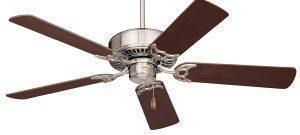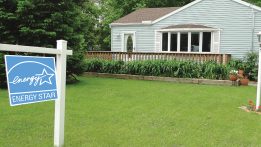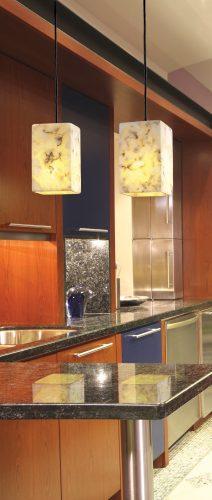 The warm weather of summer is wonderful for enjoying barbecues and spending time outdoors. Less inviting, however, are the inevitable heat waves that send us scurrying into the comfort of our air-conditioned homes. When that whopping energy bill arrives, we are desperate to try alternatives to reducing our energy usage. The American Lighting Association offers the following easy ways to use less energy and save money:
The warm weather of summer is wonderful for enjoying barbecues and spending time outdoors. Less inviting, however, are the inevitable heat waves that send us scurrying into the comfort of our air-conditioned homes. When that whopping energy bill arrives, we are desperate to try alternatives to reducing our energy usage. The American Lighting Association offers the following easy ways to use less energy and save money:
Replace bulbs with CFLs
Switch out your incandescent light bulbs with compact fluorescent versions. “A compact fluorescent lamp (CFL) can provide the same amount of light as an incandescent by using only one-quarter of the electricity,” explains Joe Rey-Barreau, education consultant for the American Lighting Association (ALA) and an associate professor at the University of Kentucky’s School of Interior Design. “For example, a 26-watt CFL provides the same amount of light as a 100-watt incandescent,” he adds.
Before you swap out an incandescent for a CFL, pay attention to the color temperature. Select CFLs with a color temperature of 2700K or 3000K. Incandescent lamping falls within this same range, so the color will blend well in the interior space, making you feel the most comfortable.
Furthermore, seek out CFLs that have the Energy Star symbol. To earn the rating, the bulb manufacturers must ensure a lamp life of 6,000 hours and the color rendering index (CRI) must be a minimum of 80. When in doubt about bulb selection, consult a lighting professional at one of the many independently owned ALA-member lighting retailers located across the United States.
Confused about where to begin? Start by conducting an analysis of your lighting habits. Determine which fixtures burn for the most hours. These are the top candidates for replacement with an energy-efficient model. In a typical home, under cabinet lighting in the kitchen and outdoor lighting on the home’s facade tend to be the most used. Select long-lasting LED cabinet lighting or fluorescent outdoor sconces to save the most money and provide the biggest return on your investment.
Install ceiling fans
Install a ceiling fan in rooms that you and other family members occupy most (i.e. bedrooms, living rooms, and even covered porches). “A ceiling fan uses a fraction of the electricity of an air conditioner,” Rey-Barreau explains. “Therefore, we can raise the thermostat six degrees – say to 78 degrees – and feel as comfortable as if the ambient temperature was really 72 degrees.”
Utilize lighting controls
Lighting controls are an excellent option for saving energy. You do not have to invest in a comprehensive control system where the entire house is rewired. There are simple and less-expensive methods for controlling light to save energy.
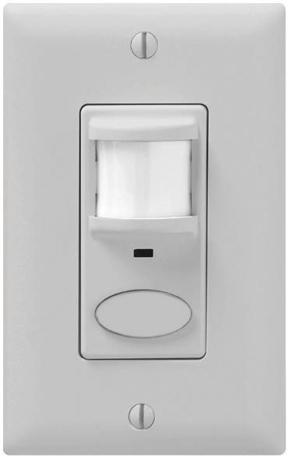 “For example, motion sensors, commonly called vacancy sensors, allow us to manually turn on the lights when we enter a room, yet automatically turn off the lights for us when we leave,” says Rey-Barreau.
“For example, motion sensors, commonly called vacancy sensors, allow us to manually turn on the lights when we enter a room, yet automatically turn off the lights for us when we leave,” says Rey-Barreau.
Another type of lighting control is a photocell. These devices are designed to turn on lights when it becomes dark outside, and then turn them off when daylight arrives. “Photocells are most effective in outdoor lighting fixtures, where sometimes the photocell units are combined with a motion sensor. This combination allows the lights to come on when it is dark, but they will not actually turn on until there is movement in the areas adjacent to the fixture,” Rey-Barreau comments.
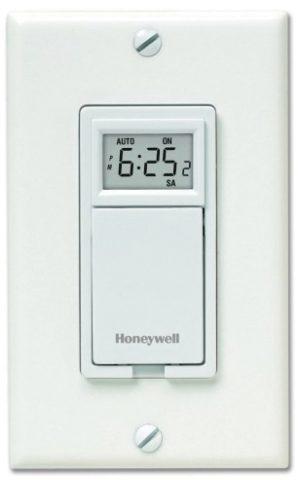 Timers are also commonly used inside and outdoors to turn lights on and off in accordance with specific settings. Timers can be set to operate daily while the residents are away on vacation (to make the home appear lived in) or even for everyday use for homeowners who come home after dark and do not want to leave a foyer or kitchen light on all day in order to prevent returning to a dark house for safety reasons.
Timers are also commonly used inside and outdoors to turn lights on and off in accordance with specific settings. Timers can be set to operate daily while the residents are away on vacation (to make the home appear lived in) or even for everyday use for homeowners who come home after dark and do not want to leave a foyer or kitchen light on all day in order to prevent returning to a dark house for safety reasons.
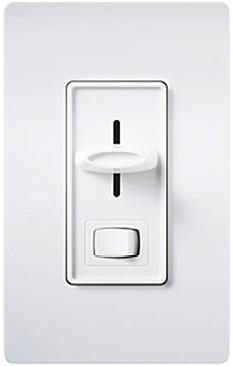 Dimmers are another low-cost way to save energy. “When an incandescent light source is dimmed, the same approximate percentage of dimming is converted to energy savings,” Rey-Barreau says. “For example, if a fixture is dimmed 10 percent, the energy savings are also 10 percent. Similar savings can be achieved when using dimmable CFLs.”
Dimmers are another low-cost way to save energy. “When an incandescent light source is dimmed, the same approximate percentage of dimming is converted to energy savings,” Rey-Barreau says. “For example, if a fixture is dimmed 10 percent, the energy savings are also 10 percent. Similar savings can be achieved when using dimmable CFLs.”
Thanks to breaking technology, lighting has become more efficient. Saving you money. ![]()


